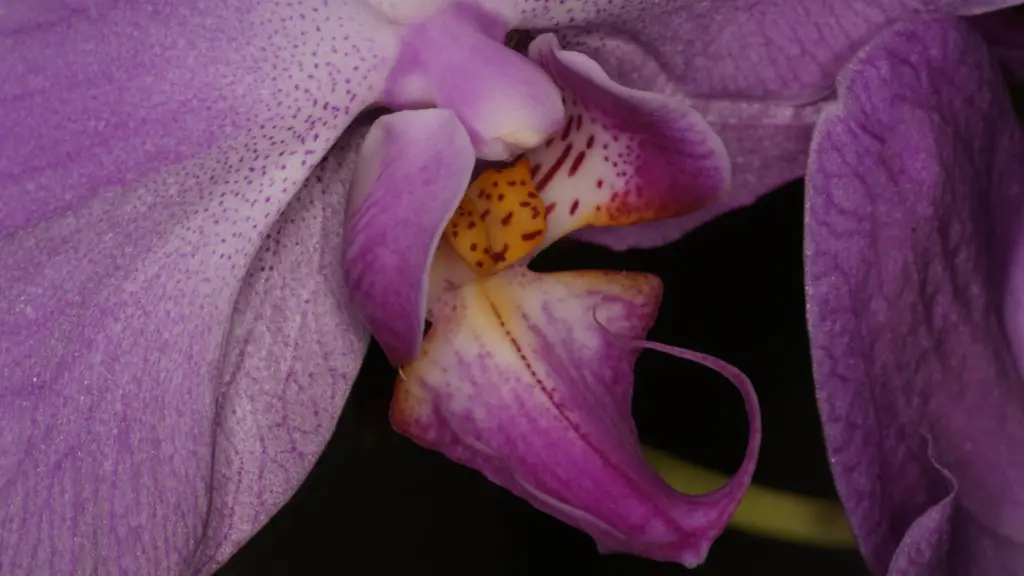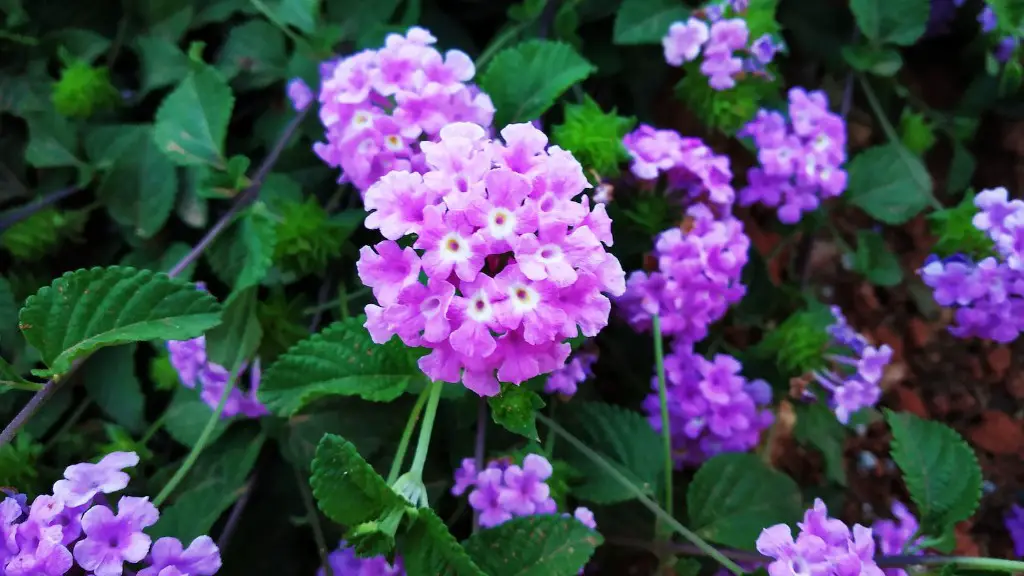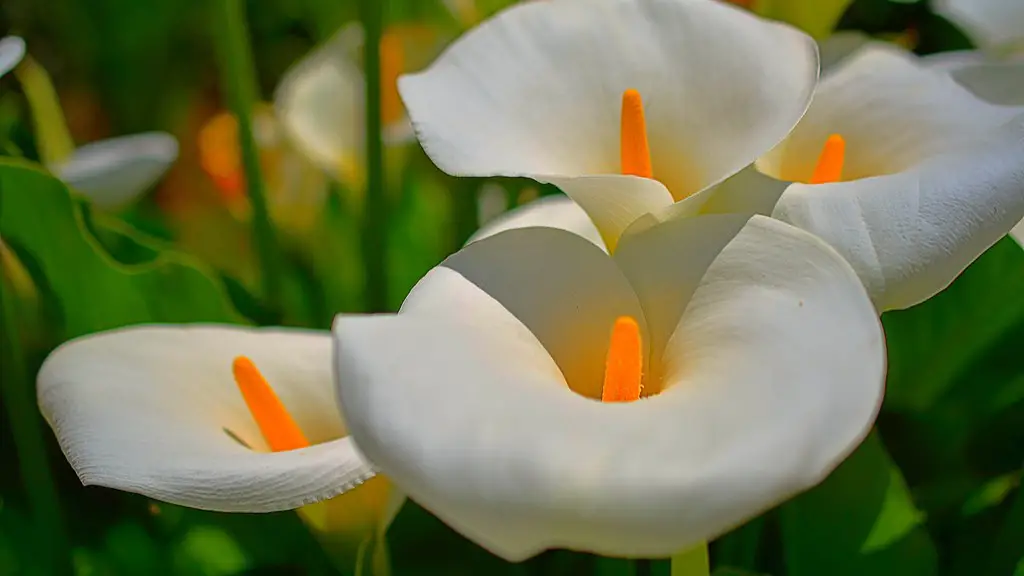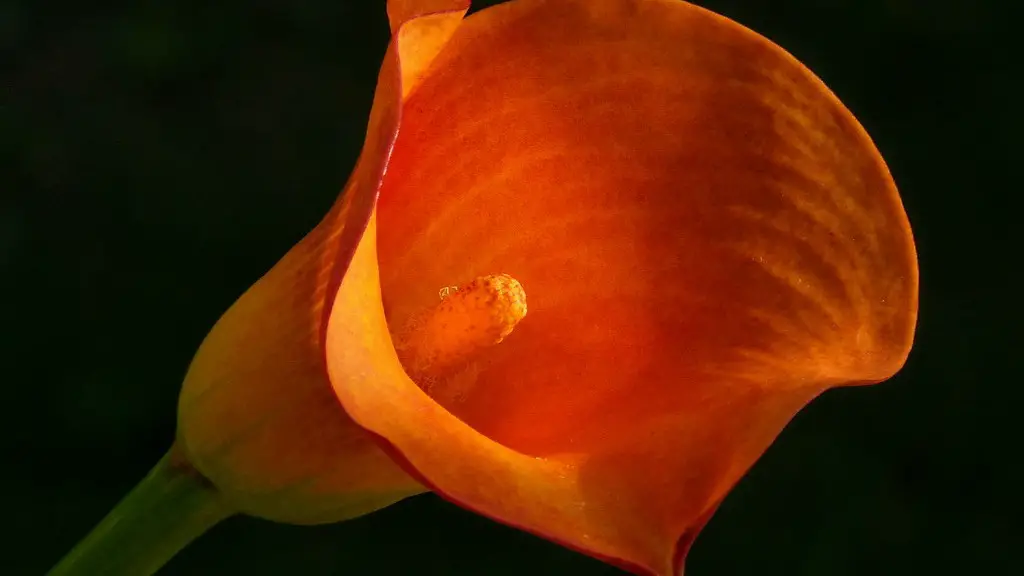Phalaenopsis orchids are one of the most popular houseplants, and for good reason. They’re easy to care for and have a long blooming season. But what do you do when your phalaenopsis orchid has finished blooming and you want to get it to rebloom? Here are some tips to get your orchid blooming again.
Before you start, make sure your orchid is healthy and has been properly cared for. It should have been kept in a cool, bright spot out of direct sunlight and given regular watering and fertilizing. If your orchid is not healthy, it may not bloom again.
Once you’ve confirmed that your orchid is healthy, the next step is to allow it to go through a resting period. This means stopping all watering and fertilizing for about six weeks. During this time, the plant will use up any stored water and nutrients, so it’s important not to water it at all. After the six weeks are up, start watering and fertilizing again as usual.
It may take a few months for your orchid to bloom again, but with a little patience, you’ll be rewarded with another beautiful display.
To get a Phalaenopsis orchid to rebloom, you will need to do the following:
1. water the plant about once a week, making sure to keep the potting mix moist but not soggy
2. fertilize the plant every other week with a balanced fertilizer
3. place the plant in a location with bright, indirect light
4. allow the plant to go through a period of dormancy (no watering or fertilizing) for about 6-8 weeks
5. after the dormancy period, resume watering and fertilizing as usual
How long does it take for a Phalaenopsis orchid to rebloom?
The flowers of a phalaenopsis orchid usually bloom for several months, and the plant can be pollinated again during this period. It can take anywhere from 9 to 14 months for an orchid to complete a life cycle. If it does not die, it can typically re-bloom once every 8 to 12 months.
If you want to encourage your plant to produce more flowers, you can cut back the stem to the nearest bud. This will stimulate the plant to produce another flower stem over the next few months.
What triggers flowering in Phalaenopsis
Most phalaenopsis species are native to areas close to the Equator and do not need a specific photoperiod to induce flowering. Instead, it is the low temperature that triggers phalaenopsis to start the flowering process.
After the flowers drop from the orchid, you have three choices: leave the flower spike (or stem) intact, cut it back to a node, or remove it entirely. Remove the flower spike entirely by clipping it off at the base of the plant. This is definitely the route to take if the existing stem starts to turn brown or yellow.
Do Phalaenopsis orchids Rebloom on the same stem?
Phalaenopsis orchids are known for their ability to re-bloom from their old spikes. With a little extra care, these orchids can produce new flowers on their old spikes. This makes Phalaenopsis a great choice for those who want to enjoy continuous blooms from their orchids.
The Phalaenopsis orchid, also known as the moth orchid, is a popular choice for indoor plants. These beautiful flowers are relatively easy to care for and can bloom for several months at a time. One of the most notable features of the Phalaenopsis is that it is the only orchid that will rebloom on the same stalk. All other types of orchids will bloom again, but not from the same stalk. This means that you can enjoy the beauty of these flowers for many months to come!
Can you force an orchid to rebloom?
If you want to get your moth orchid to rebloom, you can try tricking it by moving the pot to a cooler location at night. Moth orchids bloom throughout the winter and into spring, and they are known to react to a marked change in temperature. So, by creating a temperature difference of 10-15 degrees between daytime and nighttime, you may be able to encourage your orchid to bloom again.
If your orchid is not blooming, it may not be getting enough light. The Phalaenopsis and Paphiopedilum orchids are usually happy with the filtered light in a windowsill but many other varieties need more light than that. If you suspect that your orchid needs more light, try moving it to a brighter spot.
How hard is it to get an orchid to rebloom
If your orchid is in the dormancy stage, it is important to give it the proper care so that it can rebloom. This usually means providing it with the right amount of water, light, and humidity. Sometimes, orchids may require even more attention during this time in order to rebloom. With the proper care, your orchid should be able to rebloom.
When using coffee grounds as a fertilizer, make sure the potting mix is a little damp first. This will help to prevent the coffee grounds from burning the roots of the plants. Coffee grounds are an excellent fertilizer, especially for orchids and African violets.
Should I mist my Phalaenopsis orchid?
Orchids love humid conditions because they’re a tropical plant. The easiest way to recreate their humid home is by misting them with a spray bottle.
Orchids need to be watered about once a week, or when the potting mix is dry. It’s important to not overwater orchids, as this can quickly lead to root rot and kill the plant. When watering, be sure to use tepid water, and avoid getting water on the flowers, as this can cause the petals to brown and mark.
What does an orchid look like when it needs to be repotted
If you notice that your orchid’s roots are pushing up against the sides of the pot or reaching out into the air, it’s time to re-pot the plant. Orchids prefer a small pot, so that their roots can weave through the compost as they grow. Over time, they will run out of room and need a new pot that is just slightly larger.
If you want to ensure that your orchid will grow a new stem, you should follow these tips:
Give it enough water, but you should allow it to dry out completely before the next watering.
Make sure that it is in a room with around 50 to 70% humidity.
Fertilize your orchids weekly if there are new growths, then taper off as the plant matures.
When an orchid stem dies will a new one grow?
If you cut a stem all the way back to the bottom and it dies, don’t worry. The plant will produce another shoot from its base. Just be patient, as it can take several months to see this new growth.
Cutting off dead stems encourages the plant to focus on growing healthier roots and produce a fuller bloom the next year. A healthier root system makes for a happier orchid.
How long does it take for a Phalaenopsis orchid to grow a new stem
If you notice a spike forming on your orchid, be patient; this fixture can take around three months to grow.
Orchids are a beautiful and delicate type of flower that can brighten up any room. Even though they are often associated with special occasions or romantic gestures, these flowers are actually quite easy to care for. One of the most important things to remember when caring for an orchid is that they need to be watered weekly, even after their blooms have fallen off. by providing your orchid with three ice cubes (or one ice cube for mini orchids), you can ensure that it stays healthy and happy.
Conclusion
There are a few things that you can do to encourage your Phalaenopsis orchid to rebloom. First, make sure that it is getting enough light. Phalaenopsis orchids do best in bright, indirect light. If your orchid is not getting enough light, it may not produce any flowers.
Second, make sure that the temperature is right. Phalaenopsis orchids prefer to be grown in warm temperatures, between 70 and 85 degrees Fahrenheit. If the temperature is too cold, the orchid may not bloom.
Finally, make sure that the plant has enough water. Allow the potting mix to dry out completely between waterings, and don’t water the leaves of the plant, as this can cause them to rot. With a little care, your Phalaenopsis orchid should bloom again in no time.
If you want to get your Phalaenopsis orchid to rebloom, you can follow a few simple tips. Make sure to give the plant plenty of light and water it regularly. You can also fertilize the plant with a special Orchid fertilizer. With a little care and attention, your Phalaenopsis orchid will soon be blooming again.





